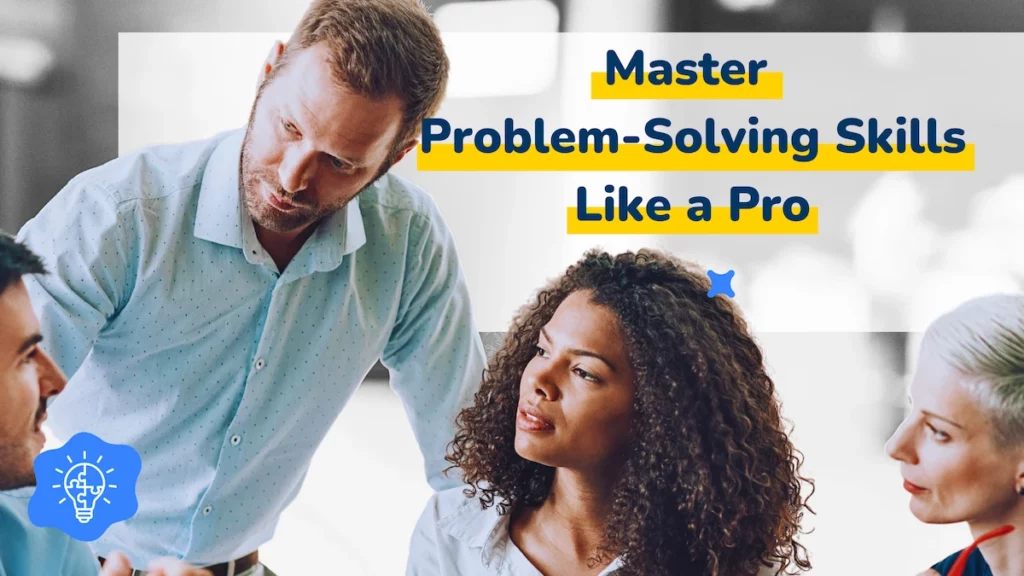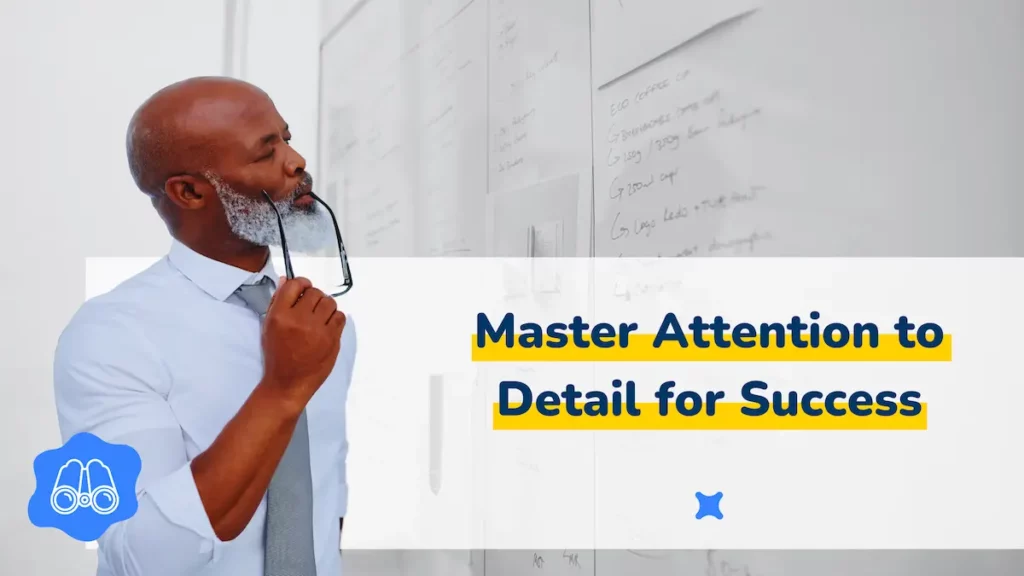When Possibilities Run Dry: What Top Managers Do Differently to Solve the Unsolvable
Relief doesn’t come from working harder, it comes from thinking differently: enter lateral thinking…
There is a hidden cost to “straight-line thinking” at the top… Even the most experienced leaders get stuck.
You’ve built experience, followed the data, kept your team moving. But still, you face moments where no solution seems to work: the same ideas circle around, the energy drops, and despite best intentions, nothing changes.
The pressure to fix it is real. But what if the problem isn’t what you’re doing, but how you’re thinking?
When lateral thinking isn’t developed, even sharp minds get trapped in patterns. You search for logic, certainty, efficiency and miss the path that curves sideways.
That’s what lateral thinking offers:
- New ways of seeing when the usual options run out.
- Breakthroughs that others overlook.
- And a sense of relief that doesn’t come from pushing harder, but from unlocking a better way forward.
What Smart Leaders Do Instead: 3 Shifts That Change Everything
Some leaders seem to spot solutions others miss: they bring energy to stuck situations and help teams move forward with confidence.
They’re not just lucky or naturally creative… they’ve trained their strategic thinking in three key areas:
- Their mindset – how they approach complex challenges
- Their habits – what they do differently each day
- Their identity – how they’ve grown as thinkers and leaders
Let’s break down each one and explore what you can take from it.
Shift #1: 5 Lateral Thinking Habits That Keep Possibilities Alive
When they face a tough problem, top leaders think differently, before they act differently.
- They slow the rush to fix.
They resist jumping straight into action. Instead, they pause and look at the bigger picture first.
This helps avoid solving the wrong problem or wasting time on something that looks urgent, but isn’t. - They ask: “What if this isn’t the real issue?”
They question the way the problem is framed instead of accepting it at face value.
This often reveals hidden causes or deeper patterns others missed. - They unpick the obvious answer.
Even when something seems like the clear solution, they challenge it to test its logic and fit.
This avoids falling into default thinking that feels safe but may not work. - They look for people who see things differently.
They bring in voices from outside their field or with different ways of thinking.
This breaks routine thinking and opens up surprising new ideas. - They treat thinking as a skill, not a fixed trait.
They practise tools like lateral thinking and problem reframing regularly.
This builds confidence that they can handle complexity, even under pressure.
Shift #2: 5 Daily Practices to Think Differently and Keep Ideas Flowing
Leaders who stay creative don’t just think differently once in a while – they build habits that support it.
- They build “white space” into their week.
They protect time for thinking, not just doing. No meetings. No targets. Just space to reflect and connect ideas.
This is often when their best ideas appear – not in the rush, but in the quiet. - They change the question.
They swap “Why is this failing?” for “What haven’t we tried?” or “What would someone else do here?”
This shifts the focus from frustration to possibility. - They think with more than words.
They use sketches, sticky notes or mind maps to organise their thoughts visually.
This helps them spot patterns or gaps they might miss in a written list. - They borrow from outside their world.
They look at how other industries, roles or cultures solve problems.
This brings in fresh thinking and often reveals ideas others in their field don’t see. - They make thinking part of the team culture.
They encourage their team to question, challenge and explore ideas too.
This creates a space where unusual ideas feel safe – and valuable.
Shift #3: 5 Inner Transformations That Expand Your Thinking Identity
This final shift goes deeper. It’s not about tools or habits; it’s about how you see yourself as a leader.
- They grow comfortable with not knowing.
They don’t panic when there’s no clear answer. They trust the process of figuring things out.
This helps them stay calm when others are stressed or impatient. - They stop trying to be “the one with the answer.”
They don’t need to prove themselves by always being right. They focus on guiding good thinking instead.
This builds stronger trust and brings better input from others. - They look for – and value – cognitive diversity.
They want different ways of thinking around them, not just different skillsets.
This helps their team solve problems faster, with more creativity. - They reflect on how they think – not just what they did.
They learn from their thought process, not just from outcomes.
This gives them deeper insight and faster learning over time. - They lead with curiosity, not just responsibility.
They don’t feel they have to control every detail. Instead, they’re open to learning alongside their team.
This makes leadership feel lighter, more energising, and more effective.
Why It Starts with Self-Awareness
The truth is, most professionals don’t know how they think.
You probably know your strengths at work, you might know your technical skills… but do you know how developed your cognitive skills are – like lateral thinking, focus, or decision-making?
Without that clarity, it’s hard to know what to improve. And even harder to understand why you’re stuck…
That’s why we created the Inner Genius Assessment: a powerful way to find out what your brain is already doing well, and where small changes could make a huge difference.
It gives you a starting point. A clear picture. A way to turn all of this into something you can act on.
A Thought, Before You Go
If you’re hitting the same wall again and again, if you’re tired of having to “figure it out” on your own, if you want your thinking to unlock more, not just do more…
Start with insight.
- Not pressure.
- Not guesswork.
- Not another late-night session trying to solve it all by yourself.
The Inner Genius Assessment is where it begins. We’d be glad to walk you through it.
👉 Ready to explore, but not ready to commit? Book a short, no-pressure call with one of our mentors. We’ll help you see if the Inner Genius Assessment is the right next step for you.






